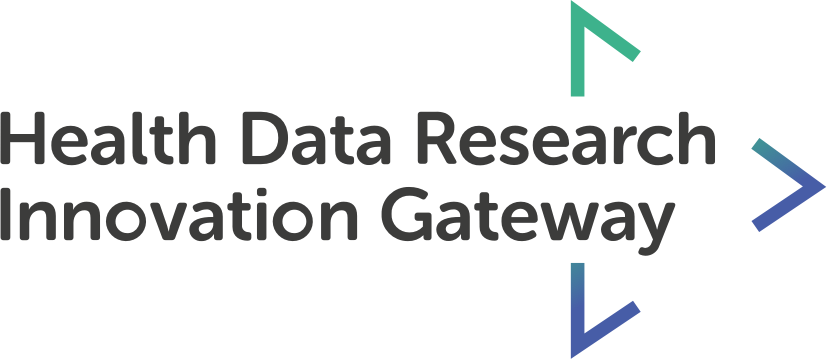Lay Summary
Abstract
Introduction
Population health surveys are used to record person-reported outcome measures for chronic health conditions and provide a useful source of data when evaluating potential disease burdens. The reliability of survey-based prevalence estimates for chronic diseases is unclear nonetheless. This study applied methodological triangulation via a data linkage method to validate prevalence of selected chronic conditions (angina, myocardial infarction, heart failure, and asthma).Methods
Linked healthcare records were used for a combined cohort of 11,323 adults from the 2013 and 2014 sweeps of the Welsh Health Survey (WHS). The approach utilised consented survey data linked to primary and secondary care electronic health record (EHR) data back to 2002 within the Secure Anonymised Information Linkage (SAIL) Databank.Results
This descriptive study demonstrates validation of survey and clinical data using data linkage for selected chronic cardiovascular conditions and asthma with varied success. The results indicate that identifying cases for separate cardiovascular conditions was limited without specific medication codes for each condition, but more straightforward for asthma, where there was an extensive list of medications available. For asthma there was better agreement between prevalence estimates based on survey and clinical data as a result.Conclusion
Whilst the results provide external validity for the WHS as an instrument for estimating the burden of chronic disease, they also indicate that a data linkage appproach can be used to produce comparable prevalence estimates using clinical data if a defined condition-specific set of clinical codes are available.Authors:
Whiffen T, Akbari A, Paget T, Lowe S, Lyons R.
Original content: https://web.www.healthdatagateway.org/paper/7473295
